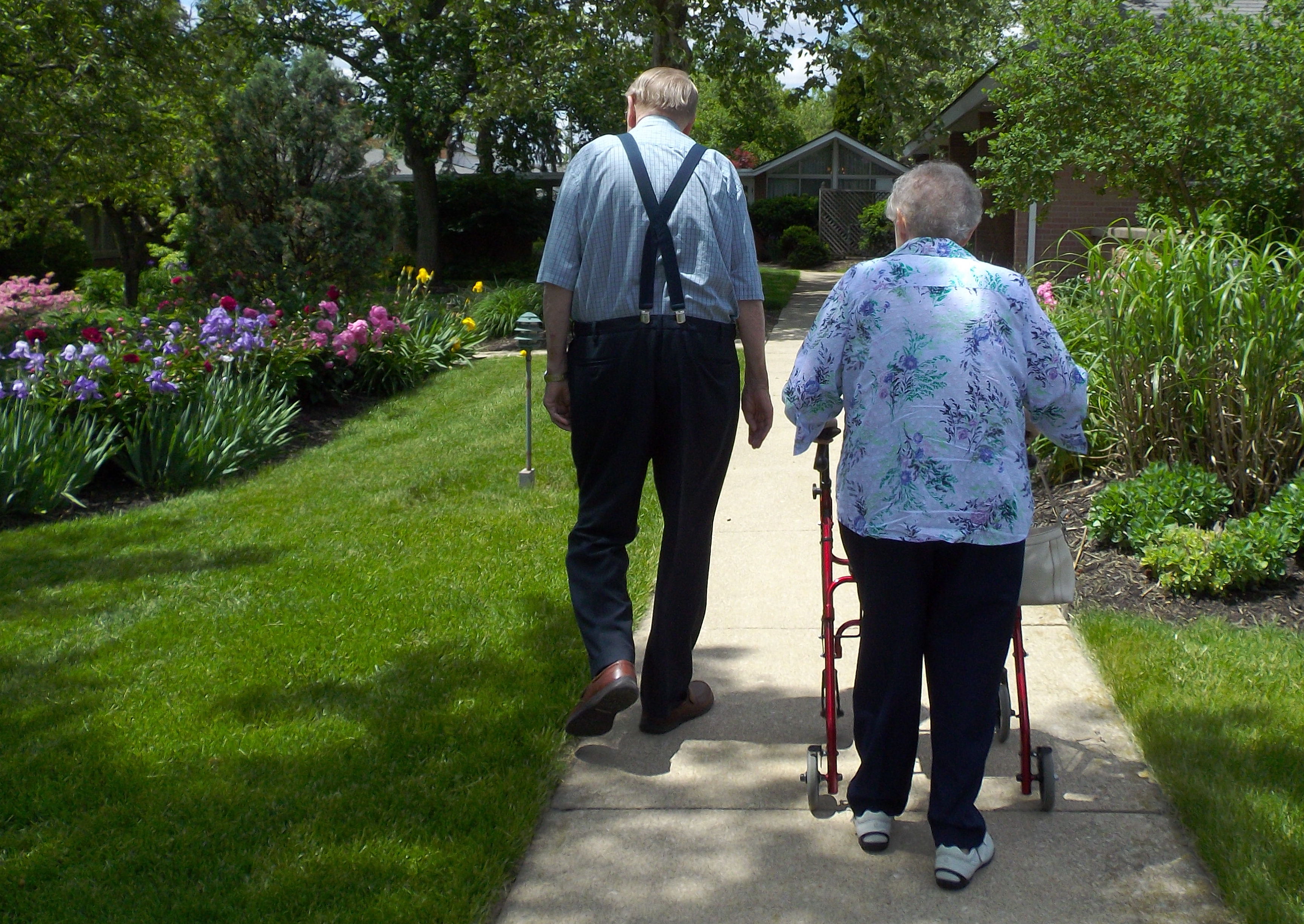
In 2016 11 pedestrians died on Vancouver streets, the last being a senior who was struck by a car at Yew Street and 49th Avenue. That is one citizen a month that is being killed, and the majority of those deaths are senior Vancouverites. If it was a disease and not cars killing residents, we would be calling this an epidemic.
In 2012 seniors (those folks that are over 65 years of age) were only 13.2 per cent of the population. Forty per cent of pedestrian fatalities that year were seniors.
Two mindful and very involved women in the west side of Vancouver decided to do something about this. Lynn Shepherd and Sabina Harpe come from professional librarian and social work backgrounds and were deeply concerned with the fact that no one is looking at seniors’ pedestrian safety in Vancouver winters. Even the City of Vancouver gives short shrift to pedestrian issues, with no dedicated staff resourcing, lumping those issues with cyclists in a volunteer advisory committee to Council.
Pedestrians issues are very different, and it is also the disenfranchised that do a lot of walking-those too young , too infirm, too old and/or too poor to choose other alternatives. They are truly the voiceless, and no matter how well meaning any volunteer advisory committee is, the importance of walking mobility deserves to be championed and staffed separately and aggressively at city hall.

Lynn and Sabina have done a lot of the work that the City of Vancouver should have done-they met with experts in the field, spoke to seniors groups and those with mobility challenges, and decided to focus on a project to encourage seniors to walk prudently and safely in winter, the time where most seniors are the most vulnerable to being hit by cars. They formed a committee through the Westside Seniors Hub at Kits House that included representatives from BEST, the Dunbar Residents Association/SFU, the Jewish Family Agency, Walk Metro Vancouver, Kits Community Centre, Brock House Society, ICBC and the Vancouver Police Department. They did their research and found that Sweden has had a three-fold reduction in vehicle and pedestrian fatalities and injuries since the adoption of a Vision Zero campaign in 1997. Besides encouraging better driver behaviour and pedestrian compliance to using intersections and crosswalks, visibility was key.
Vancouver’s low-light winters and rainy days mean that walkers need to be visible-the use of reflective items similar to those used in Finland could bring traffic accident and deaths down. While countries like Finland mandate that children must wear reflective items on their clothes, there is nothing like that in North America. By creating the “Walk and Be Seen Project” seniors that are walking in winter will be asked to walk with and trial various reflective items, including the reflective safety sash and snap on reflective bracelets. They are creating a pilot project for 150 walking seniors on how to increase safety and visibility in winter by the use of reflective items. Their objectives are to encourage safe walking in low-light, complement ICBC and Vancouver Police Department safety campaigns, gather feedback, and use the date for further initiatives. And I completely expect those seniors to model behaviour and lead the way in us all wearing reflective items while walking in our low light and potentially dangerous winter street environments, and start the dialogue on championing other pedestrian initiatives-road design, speed, and driver behaviour.
Kudos must be given to these two extraordinary women who are championing vulnerable seniors’ walkability and safety.

